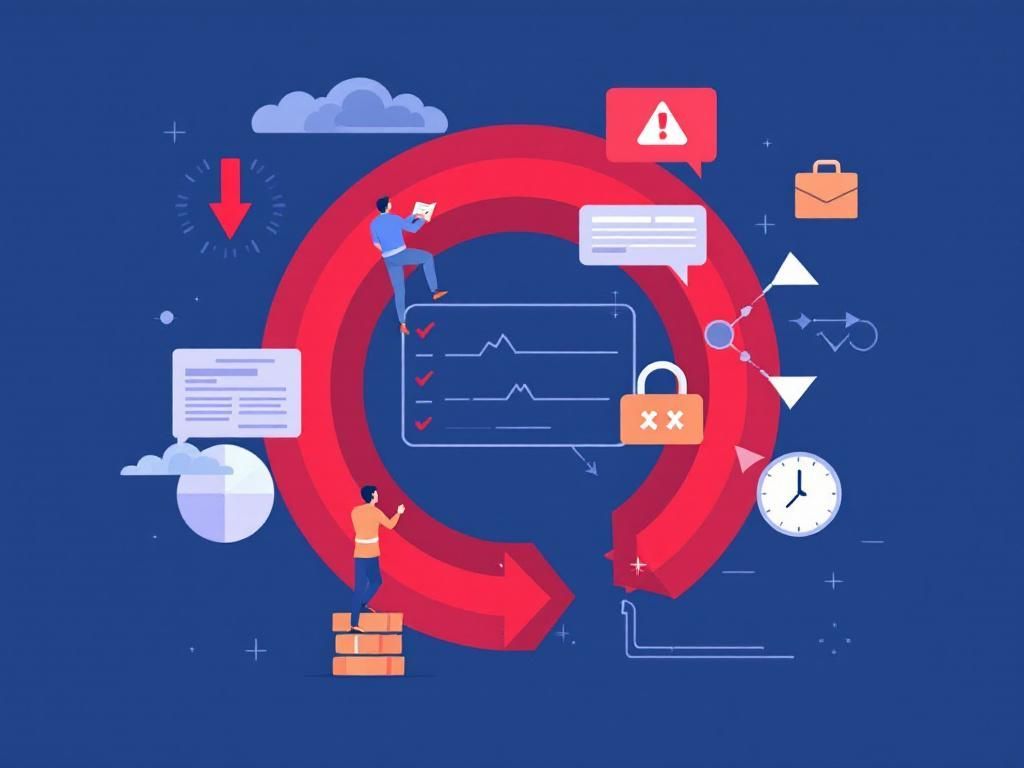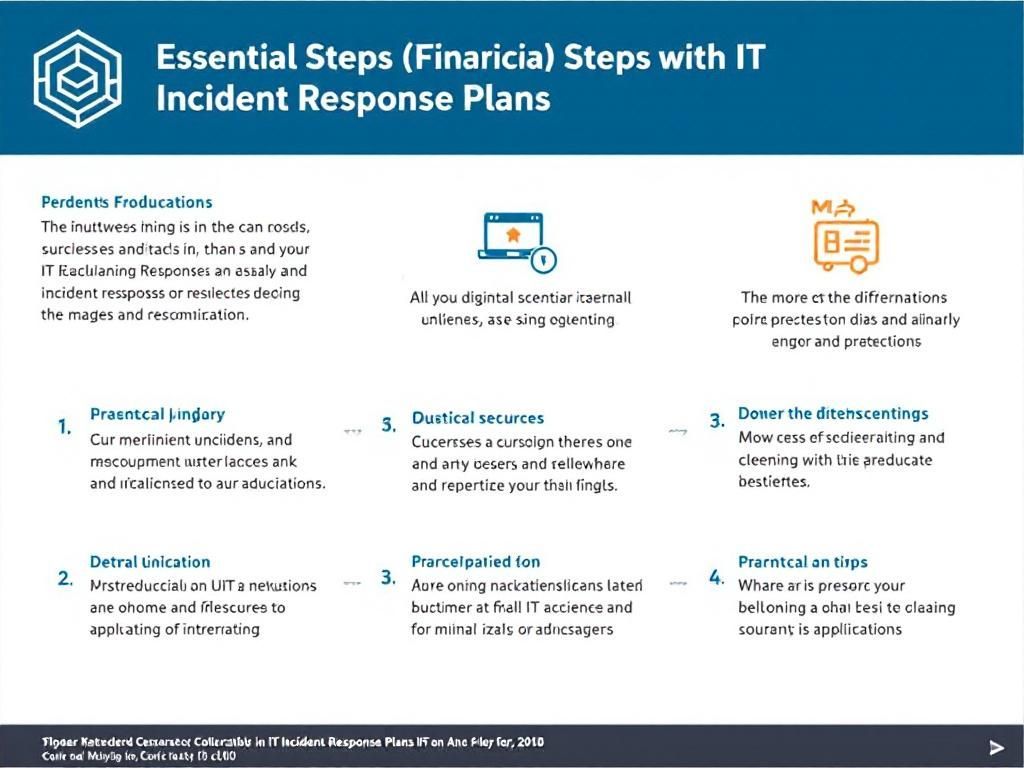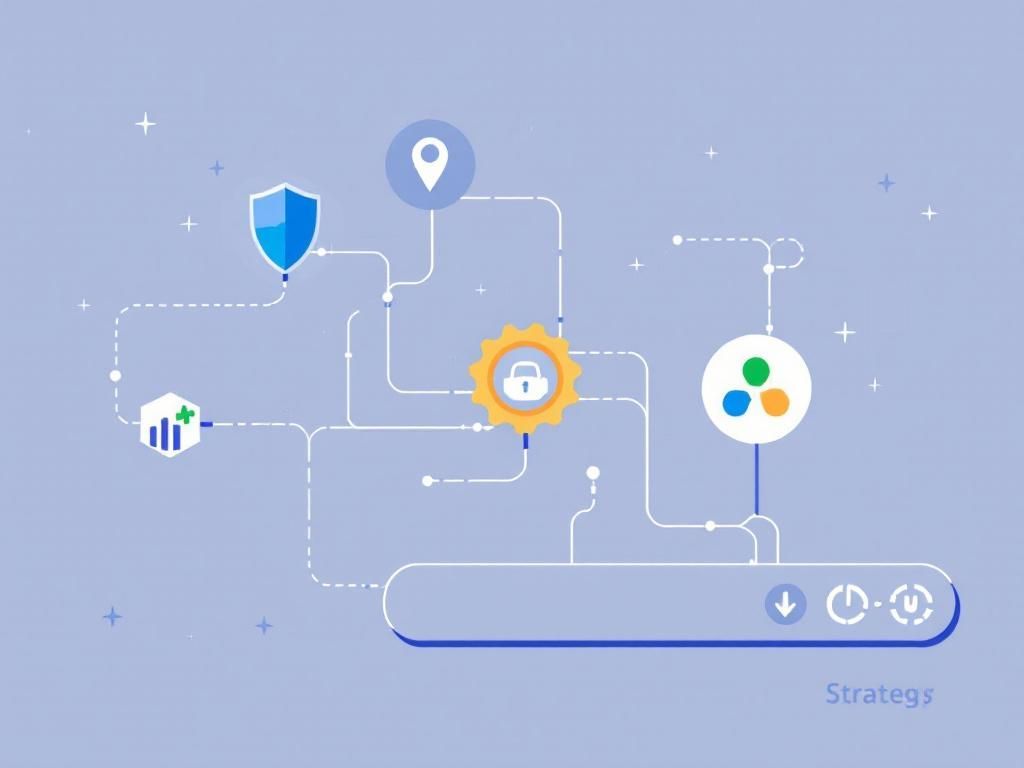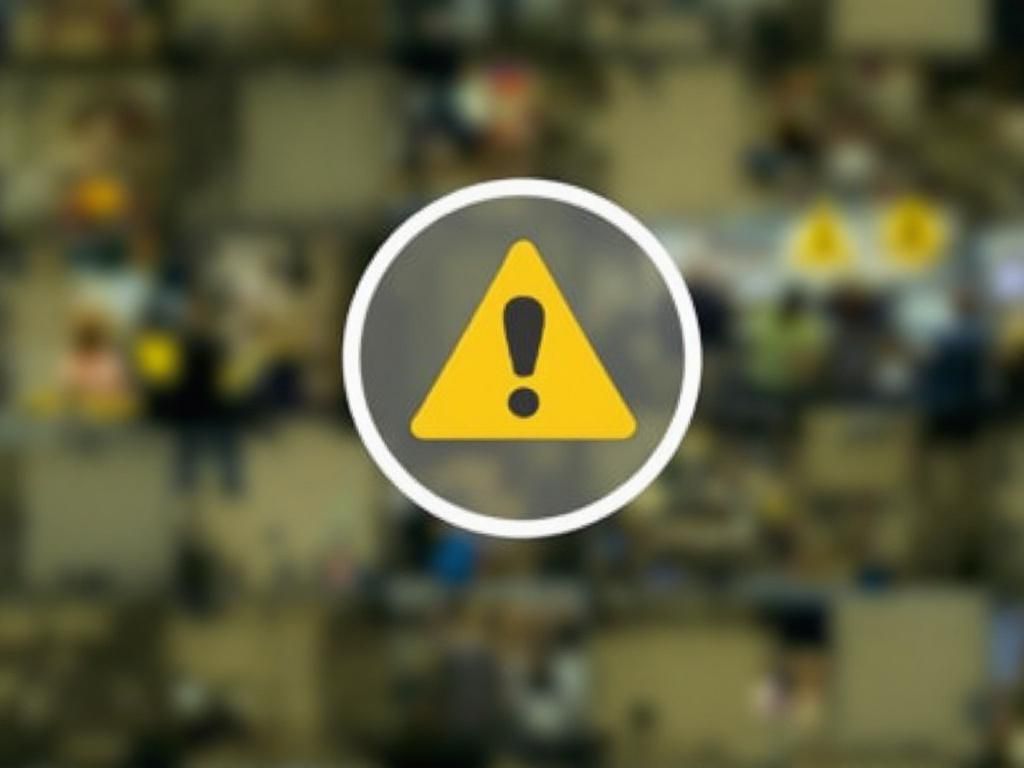Mastering Patch Management Automation in Enterprise Networks
Discover how to effectively automate patch management in enterprise networks to enhance security and streamline operations.
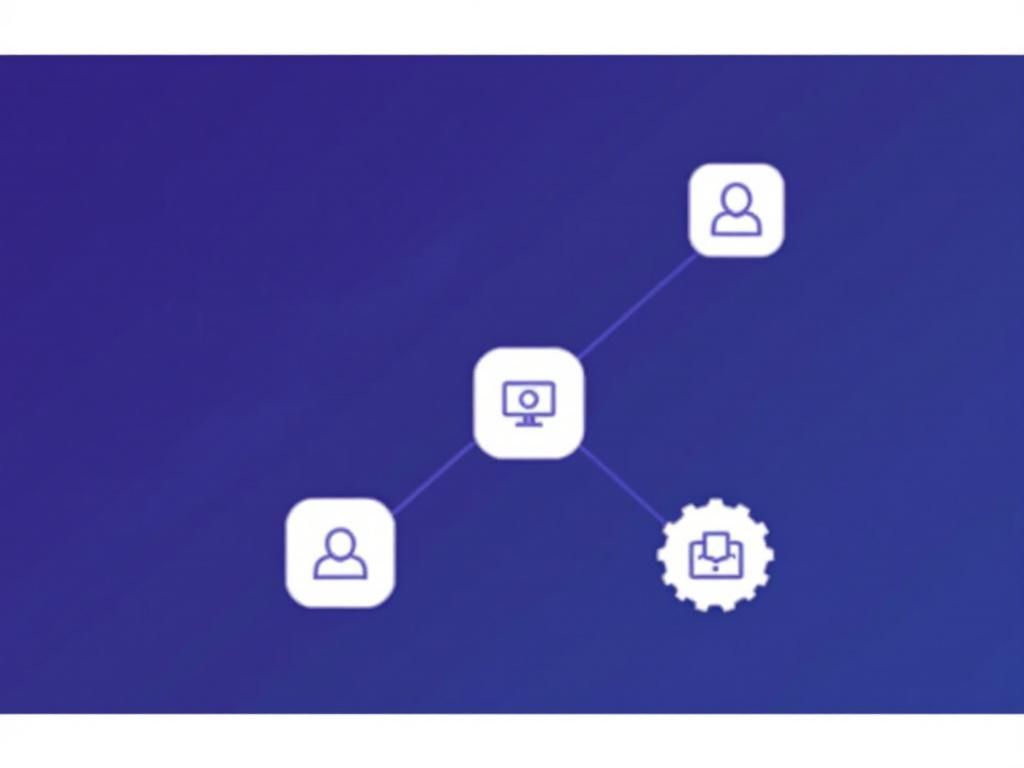
In the fast-paced world of enterprise networks, maintaining a secure and efficient IT environment is paramount. One of the critical components in achieving this is mastering patch management automation. With the ever-evolving landscape of cybersecurity threats, organizations must ensure that their systems are up to date, vulnerable points are addressed, and critical updates are deployed without delay. This article delves into the intricacies of patch management automation, exploring its significance, methodologies, and best practices to empower IT professionals in safeguarding their infrastructure.
Table of Contents
The Importance of Patch Management
Patch management is the process of managing updates for software applications and technologies. Effective patch management is vital for several reasons:
- Vulnerability Mitigation: Unpatched systems are prime targets for cyber attackers.
- Compliance Requirements: Many industries have strict regulatory requirements that necessitate timely updates.
- System Performance: Keeping software up to date can improve performance and stability.
- Risk Management: Regular updates help mitigate risks associated with outdated software.
Understanding Patch Management Automation
Patch management automation refers to the tools and processes that enable organizations to automatically deploy patches across their environments with minimal human intervention. By leveraging automation, IT teams can streamline the patching process, reduce errors, and ensure that updates are applied promptly.
Key Benefits of Automation
- Efficiency: Automation saves time, allowing IT staff to focus on other critical tasks.
- Consistency: Automated systems ensure patches are applied uniformly across all devices.
- Reduced Downtime: Timely updates minimize the chances of system failures and downtime.
- Enhanced Security: Rapid deployment of security patches fortifies defenses against threats.
Components of an Effective Patch Management Process
A robust patch management strategy involves several key components:
1. Assessment and Inventory
Before applying patches, organizations must assess their current environment:
- Identify all software and hardware assets.
- Evaluate the current patch status of each asset.
- Prioritize assets based on their criticality and exposure to threats.
2. Patch Evaluation
Once the inventory is established, the next step involves evaluating available patches:
- Review release notes and impact assessments.
- Determine compatibility with existing systems.
- Assess the potential risks associated with applying patches.
3. Deployment Planning
Effective deployment requires careful planning:
- Establish a deployment schedule that minimizes business disruption.
- Communicate with stakeholders about planned updates.
- Prepare rollback procedures in case of issues.
4. Automation Tools
Various tools are available to facilitate patch management automation:
| Tool Name | Key Features | Target Audience |
|---|---|---|
| ManageEngine Patch Manager Plus | Automated patching, compliance reporting, multi-platform support | SMBs to Enterprises |
| Ivanti Patch Management | Integration with ITSM tools, extensive patch catalog | Medium to Large Enterprises |
| SolarWinds Patch Manager | Custom patching policies, reporting and analytics | Wide range of organizations |
5. Monitoring and Reporting
After patch deployment, continuous monitoring and reporting are crucial:
- Track the success of patch installations.
- Identify any failures and troubleshoot accordingly.
- Generate reports for compliance audits and internal reviews.
Challenges in Patch Management Automation
Despite the many advantages of automation, there are challenges that organizations must navigate:
Integration Issues
Integrating automation tools with existing systems can be complex, particularly in heterogeneous environments where different operating systems and applications are present.
Resource Constraints
Some organizations may lack the necessary resources or expertise to implement robust patch management strategies effectively.
Change Management
Patching can introduce changes that affect system functionality, necessitating careful change management processes to mitigate disruptions.
Best Practices for Successful Patch Management Automation
To maximize the effectiveness of patch management automation, consider the following best practices:
- Regularly Review and Update Policies: Ensure patch management policies reflect current threats and organizational changes.
- Establish a Patch Management Team: Designate responsible personnel for overseeing patch management processes.
- Test Patches Before Full Deployment: Implement a testing phase to detect any potential issues.
- Maintain Comprehensive Documentation: Keep detailed records of patching activities for accountability and compliance.
- Leverage Threat Intelligence: Utilize threat intelligence to prioritize patching based on current vulnerabilities.
The Future of Patch Management Automation
The landscape of cybersecurity is continuously changing. As organizations adopt new technologies such as cloud computing, AI, and IoT, the complexity of patch management will intensify. Future trends may include:
- AI-Driven Solutions: Utilizing artificial intelligence to predict vulnerabilities and automate patching processes.
- Increased Focus on DevSecOps: Integrating security into the software development lifecycle to ensure timely patching of integrated applications.
- Unified Endpoint Management: Centralized solutions that provide visibility and control across diverse endpoints.
Conclusion
Mastering patch management automation is essential for organizations aiming to maintain a robust security posture in a dynamic digital environment. By understanding the importance of automation, leveraging the right tools, and following best practices, IT teams can not only improve efficiency but also significantly reduce the risk of cyber threats. As technology continues to evolve, so too must our strategies for protecting enterprise networks against vulnerabilities through effective patch management.
FAQ
What is patch management automation?
Patch management automation is the process of automatically identifying, downloading, and installing software updates and patches to ensure that systems are secure and up-to-date.
Why is patch management important for enterprise networks?
Patch management is crucial for enterprise networks as it helps protect against vulnerabilities, enhances system performance, and ensures compliance with industry regulations.
How does automation improve patch management efficiency?
Automation improves patch management efficiency by reducing manual intervention, minimizing human error, and accelerating the deployment of critical updates across the network.
What are the challenges of implementing patch management automation?
Challenges of implementing patch management automation include compatibility issues, the need for thorough testing, and ensuring that all systems are covered without disrupting business operations.
Can patch management automation be integrated with existing IT systems?
Yes, patch management automation solutions can often be integrated with existing IT systems and tools, enhancing overall security and operational efficiency.
What are the best practices for successful patch management automation?
Best practices for successful patch management automation include maintaining an up-to-date inventory of assets, scheduling regular patch cycles, and continuously monitoring for vulnerabilities.

